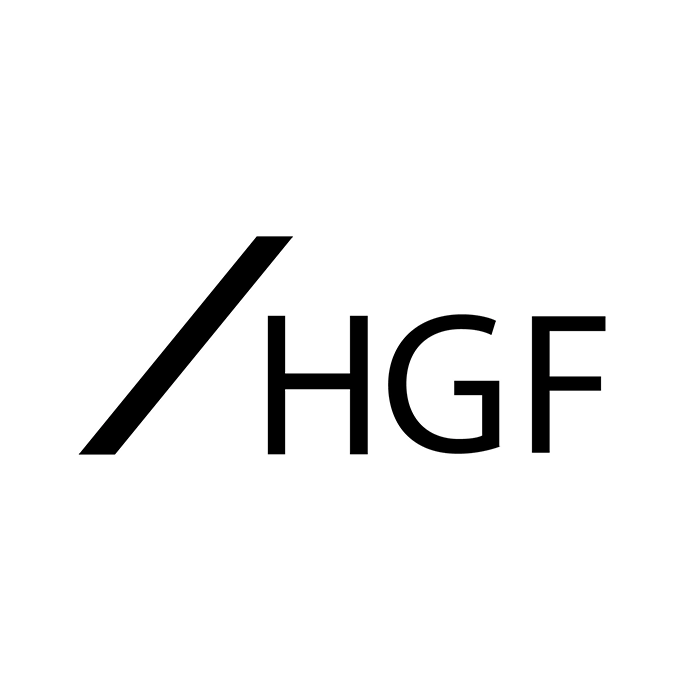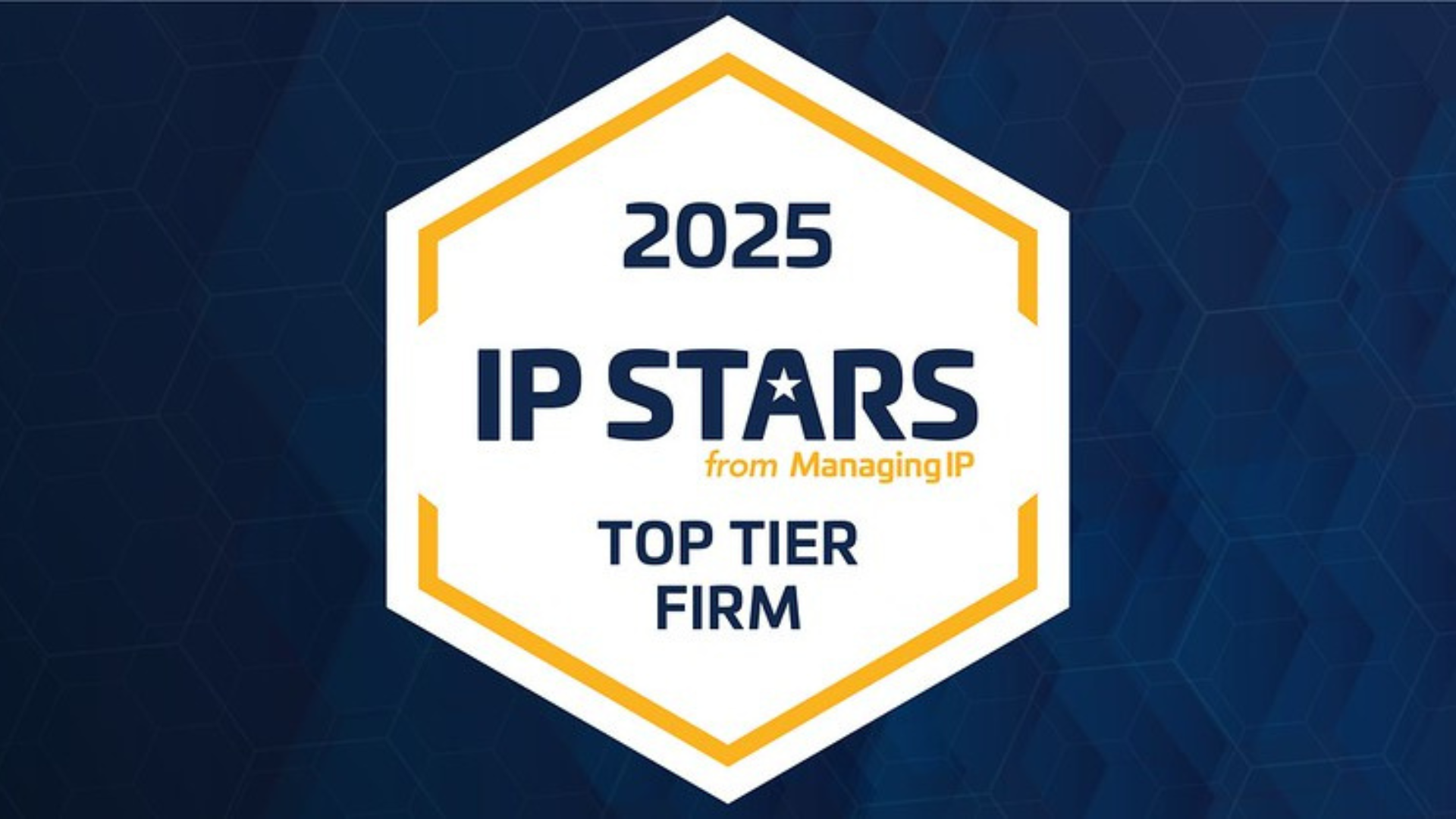Healthcare Scanner
Getting your first filing right
January 2022
One of the most often asked questions of patent attorneys is “when should we file?”
Both timing and content of a first filing should be important strategic decisions. This is especially so in the healthcare field where wide breadth of claim is desired coupled with maximum use of the available 21 year patent term from first filing (20 years from the filing date of any subsequent patent application, e.g. an International Application under the Patent Cooperation Treaty claiming priority). Circumstances can nevertheless necessitate a first filing needing to be considered in a pressurised situation. Even so, strategy from the start needs to be a matter of careful consideration, both from the commercial and patentability perspectives, to avoid later problems. The CRISPR patent saga illustrates well how first filing issues can be a source of costly, unwanted problems which are avoidable.
The gene-editing technology commonly simply referred to as CRISPR (an acronym for clustered regularly interspaced short palindromic repeats, the genome sequences of bacteria and archaea which provided its foundation) has received many accolades in the scientific world, but the on-going issues over patent coverage in both Europe and the US, especially in relation to use in eukaryotic cells, provide many lessons on thinking ahead from the start regarding patenting strategy to avoid problems arising from either formal or content issues. Such issues if recognised at the start can be prevented from weakening an otherwise good patenting situation, so read on.
The golden rule
The golden rule remains that a first priority filing should be before any non-confidential disclosure of relevant work or thoughts. An inventor’s grace period still exists in the US and a few other jurisdictions but not in Europe. Moreover, the best filing situation is one in which proposed disclosure is not dictating filing date. Rather, there are three questions which are recommendable to ask:
- Do you believe you are describing a novel concept?
- Is it commercially worthwhile?
- Has a problem been solved or merely set?
Nevertheless, a common issue encountered is uncertainty over an aspect of an invention, e.g. whether an element is essential or may be varied, but a first filing must go ahead. In such a situation, it is worth remembering that it is not forbidden by law to file two applications on the same day with different information content (sometimes referred to as the ‘double-banking option’) and choose at the end of the priority year which to claim priority from.
Is data essential?
The strict answer is not a simple one – maybe, or maybe not, but filing without data in the therapeutic or diagnostic fields is high risk. In thinking about this issue, question 3 above is often reframed as: Has the plausibility hurdle been met? Plausibility is not a term in the European Patent Convention but in recent years has often appeared in decisions and examination reports from the European Patent Office (EPO). The problem – solution approach to inventive step at the EPO means that the scope of protection should align with technical contribution. In the case of a claim defining a therapy, the attaining of the claimed therapeutic effect is a functional technical feature of the claim. As stated in EPO Appeal Board Decision T2015/20, “patents in the field of medicine should not be granted on the basis of pure speculation”. Moreover, supplementary post-published evidence may not serve as the sole basis to establish that the application solves the problem it purports to solve.
Can one nevertheless argue that the prior art provides sufficient foundation for plausibility? Recent Appeal Board Decisions, including T2015/20, show this may be feasible in certain instances but much depends on the full prior art picture. There is not necessarily contradiction between a technical effect being plausible from the prior art, yet non-obvious over the prior art; the standards for considering each of these issues is different. However, an obviousness v plausibility squeeze can be easy to raise pre- or post-grant.
Further clarification from a referral to the Enlarged Board of Appeal (EBA) on use of post-filing data to support technical effect across the full breadth claim for inventive step in the face of only a small number of examples is to be expected soon in the light of the anticipated referral from EPO opposition appeal T0116/18. The claims at issue concern insecticide combinations with alleged synergistic effect at the heart of argument over inventive step, but the questions referred to the EBA will deal more generally with the concept of plausibility and use of post-published data.
In the meantime, the take home message must be that quick filing without data is best avoided.
The option of supplementary priority filings
It will be evident from above that the recommendation must be to regard the first filing stage as a stage for maximum effort over enabling disclosure and data support for any key technical effect. It can seem attractive to think in terms of a quick cheap filing, for example a filing amounting to little more than filing of a draft journal paper. However, the position of Toolgen in the CRISPR IP battles illustrates well the desirability of credible, explicit extrapolation at the first filing stage. Toolgen made the first priority filing (a US provisional filing) showing use of a CRISPR-Cas system in eukaryotic cells yet are facing severe problem in both the US and Europe in securing desired claims while much of the focus is on the CRISPR-related IP of well-known others.
One can add to a first filing by one or more supplementary priority filings with eventual claim of multiple priority dates. However, any new content in a supplementary filing can only take the date of that filing. Hence, it can be desirable to refrain from first filing and then immediately disclosing in a non-confidential manner. However, the desirability of this and the ease of achievement often do not meet, especially in the academic world. Nevertheless, maximising effort at the first filing stage but then not filing and forgetting for 12 months can pay dividends.
The formal legal considerations
Under this heading two questions arise:
- Who should file?
- Where to file? Was any part of the invention made overseas?
Collaborations spanning more than one jurisdiction are now common. This can bring issues over inventorship and ownership, but also issues over where to file due to some national laws providing foreign filing restriction going beyond national security considerations. Commonly recognised is that where an invention is made in the US, one must file at the USPTO or obtain a foreign filing licence, but less well recognised is that such restrictions also apply, for example, in China and some European countries, Spain for example. One option to deal with this in Europe is to file a European Application in English at the relevant national patent office. This can be done without payment of filing fees if the intention is simply to get a filing date for priority purpose. Search of an equivalent application may still be applied for subsequently at the UKIPO at relatively low cost.

Wherever filing takes place and in whichever name(s), the making of a priority filing gives rise to a priority right which is often imperative to retain. Under Article 87 EPC, the applicant(s) for claiming priority by the end of the priority year must be the same, unless an original applicant A is added to by an applicant B or an original applicant is substituted by a successor in title. Priority entitlement must be correct at the filing date, but entitlement to a patent can be sorted later. This is the lesson to be learnt from the Marrafini priority issue which led to upholding of revocation of Broad’s CRISPR- related EP2771468 on opposition appeal (EPO Appeal T0884/18).
Regardless of the nature of any collaboration which is likely to give rise to IP, a collaboration agreement from the start dealing with control of IP can save much trouble and expense.
This article was prepared by HGF’s Partner & Patent Attorney Dr Claire Irvine.































